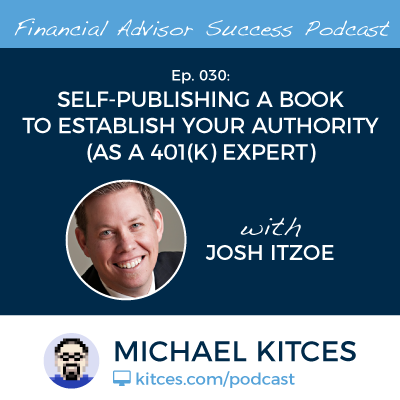While the standard rule-of-thumb is that financial advisors charge 1% AUM fees, the reality is that as with most of the investment management industry, financial advisor fee schedules have graduated rates and breakpoints that reduce AUM fees for larger account sizes, such that the median advisory fee for high-net-worth clients is actually closer to 0.50% than 1%.
Yet at the same time, the total all-in cost to manage a portfolio is typically more than “just” the advisor’s AUM fee, given the underlying product costs of ETFs and mutual funds that most financial advisors still use, not to mention transaction costs, and various platform fees. Accordingly, a recent financial advisor fee study from Bob Veres’ Inside Information reveals that the true all-in cost for financial advisors averages about 1.65%, not “just” 1%!
On the other hand, with growing competitive pressures, financial advisors are increasingly compelled to do more to justify their fees than just assemble and oversee a diversified asset allocated portfolio. Instead, the standard investment management fee is increasingly a financial planning fee as well, and the typical advisor allocates nearly half of their bundled AUM fee to financial planning services (or otherwise charges separately for financial planning).
The end result is that comparing the cost of financial advice requires looking at more than “just” a single advisory fee. Instead, costs vary by the size of the client’s accounts, the nature of the advisor’s services, and the way portfolios are implemented, such that advisory fees must really be broken into their component parts: investment management fees, financial planning fees, product fees, and platform fee.
From this perspective, the reality is that the portion of a financial advisor’s fees allocable to investment management is actually not that different from robo-advisors now, suggesting there may not be much investment management fee compression on the horizon. At the same time, though, financial advisors themselves appear to be trying to defend their own fees by driving down their all-in costs, putting pressure on product manufacturers and platforms to reduce their own costs. Yet throughout it all, the Veres research concerningly suggests that even as financial advisors increasingly shift more of their advisory fee value proposition to financial planning and wealth management services, advisors are still struggling to demonstrate why financial planning services should command a pricing premium in the marketplace.




